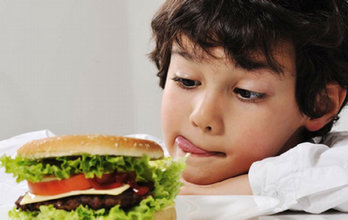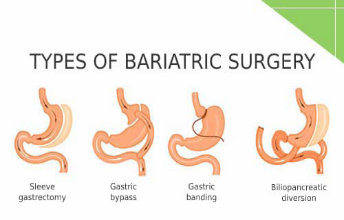Childhood Obesity
Since well before the COVID-19 pandemic started, the world has been facing the global epidemic of obesity since the decade of 1990. This owes to highly sedentary lifestyle, and easy availability of high calorie foods.
During the pandemic of COVID-19 it has been globally noticed that morbidity and mortality was significantly higher in patients suffering from obesity and diabetes. Lockdowns restricted movement, social distancing and work / learn from home seem to worsen obesity indices across the middle class and higher socio-economic groups.
The children and adolescents have suffered the most: we are observing minimum 10% to maximum 80% rise in the weight of children and adolescents in the last 2 years. This partly owes to non-availability of playground/sports complex/opportunity to mingle with friends and thereby decrease in physical activity combined with increased screen time and junk food intake. This has unveiled genetically predisposed diabesity (combination of obesity and diabetes) in children and adolescents.
1. Weight gain
2. Central obesity
3. PCOD and Hirsuitism in girls
4. Gynecomastia and less facial hair in boys
5. Hypertensive tendencies

It is important to monitor weight, waist circumference, signs of fatigue and signs of hypogonadism in this age group before they land up in long lasting impact of obesity on various organs of the body. Up to the BMI of 30 kg/m2, dietary modifications and physical activity can reverse the disease of obesity. A Rising BMI shifts the control from the voluntary factors to involuntary factors and creates impairment of various organ function like heart lung, liver, kidney, skeletal and endocrine system during these age groups.

After the BMI of 35 kg/m2 many of the organs get a near permanent function damage. In this situation bariatric surgery can save the patient from severe diseases with long-term impact.
Severe obesity affects the health and well-being of millions of children and adolescents in the India and is widely considered to be an “epidemic within an epidemic” that poses a major public health crisis.
Currently, few effective treatments for severe obesity exist. Metabolic and bariatric surgery are existing but underuse treatment options for paediatric patients with severe obesity. Roux-en-Y gastric bypass and vertical sleeve gastrectomy are the most commonly performed metabolic and bariatric procedures in the globe and have been shown to result in sustained short-, mid-, and long-term weight loss, with associated resolution ofmultiple obesity-related co-morbid diseases like hypertension, diabetes, fatty liver disease, strain on cardiopulmonary system, hypogonadism, skeletal deformities etc.
Substantial evidence supports the safety and effectiveness of surgical weight loss for children and adolescents, and robust best practice guidelines for these procedures exist.



